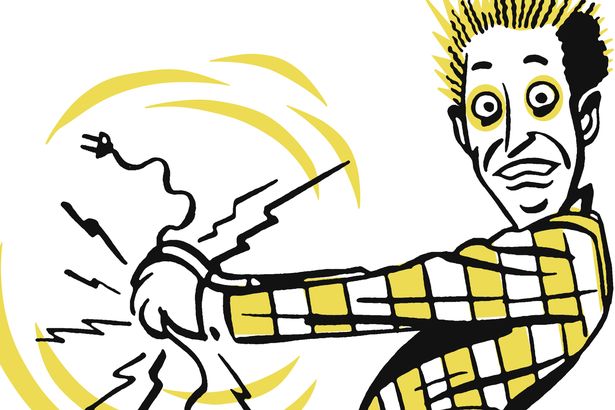Outside, it is cold, and in lots of places across Britain, snow is falling. Or has done.
Which is why you might be suffering more static electric shocks. There’s science to this.
You might have noticed that you get more shocks as the temperature drops.
Electric shocks can happen any time of the year, as our bodies collect extra electrons from the surfaces around us.
Some surfaces are worse than others. Walking across nylon or wool carpets, or wearing rubber sole shoes can increase the likelihood of the phenomenon.
As electrons build up in our bodies, they spread out across our skin – until the charge gets too high. Then, if we touch something metal, the voltage build-up can become so high it can break down the air resistance and cause a spark to jump across the gap, reports the Cambridge News .
According to The Weather Network , air is an electric insulator, which means electrons don’t pass through it easily. But if you add water vapour to the air, the water molecules allow electrons to pass more freely.
That means, in cold, dry conditions, when there’s less moisture in the air, it’s harder for electrons to move. Our winter heaters, which make the air even drier, don’t help either.
All this means the risk of electron build up increases and it’s more likely we are forced to endure electric shocks.
The simplest way to prevent shocks is to reduce the amount of charge that builds up. Air humidifiers work, while wearing ‘electronically neutal’ clothes – such as cotton – makes a difference.
Leather-soled shoes can also help, although you might slip over a lot. So, you know.
Also key is doing what you can to dissipate the charge early. So touching metal objects regularly helps, as smaller, more frequent shocks are less painful than big ones. Obviously.












